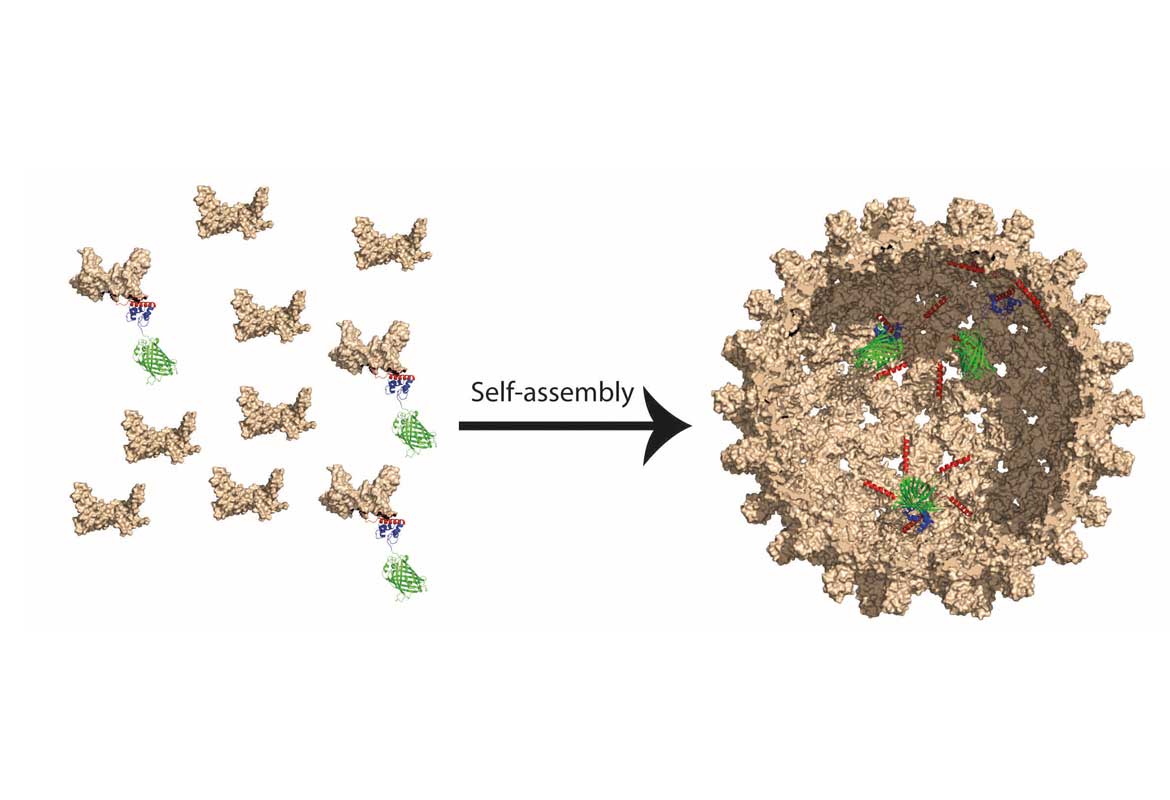
A Protein‐Based Encapsulation System with Calcium‐Controlled Cargo Loading and Detachment
Protein-based encapsulation systems have a wide spectrum of applications in targeted delivery of cargo molecules and for chemical transformations in confined spaces. By engineering affinity between cargo and container proteins it has been possible to enable the efficient and specific encapsulation of target molecules. Missing in current approaches is the ability to turn off the interaction after encapsulation to enable the cargo to freely diffuse in the lumen of the container. Separation between cargo and container is desirable in drug delivery applications and in the use of capsids as catalytic nanoparticles. We describe an encapsulation system based on the hepatitis B virus capsid in which an engineered high-affinity interaction between cargo and capsid proteins can be modulated by Ca2+ . Cargo proteins are loaded into capsids in the presence of Ca2+ , while ligand removal triggers unbinding inside the container. We observe that confinement leads to hindered rotation of cargo inside the capsid. Application of the designed container for catalysis was also demonstrated by encapsulation of an enzyme with β-glucosidase activity.
